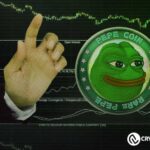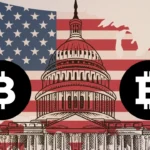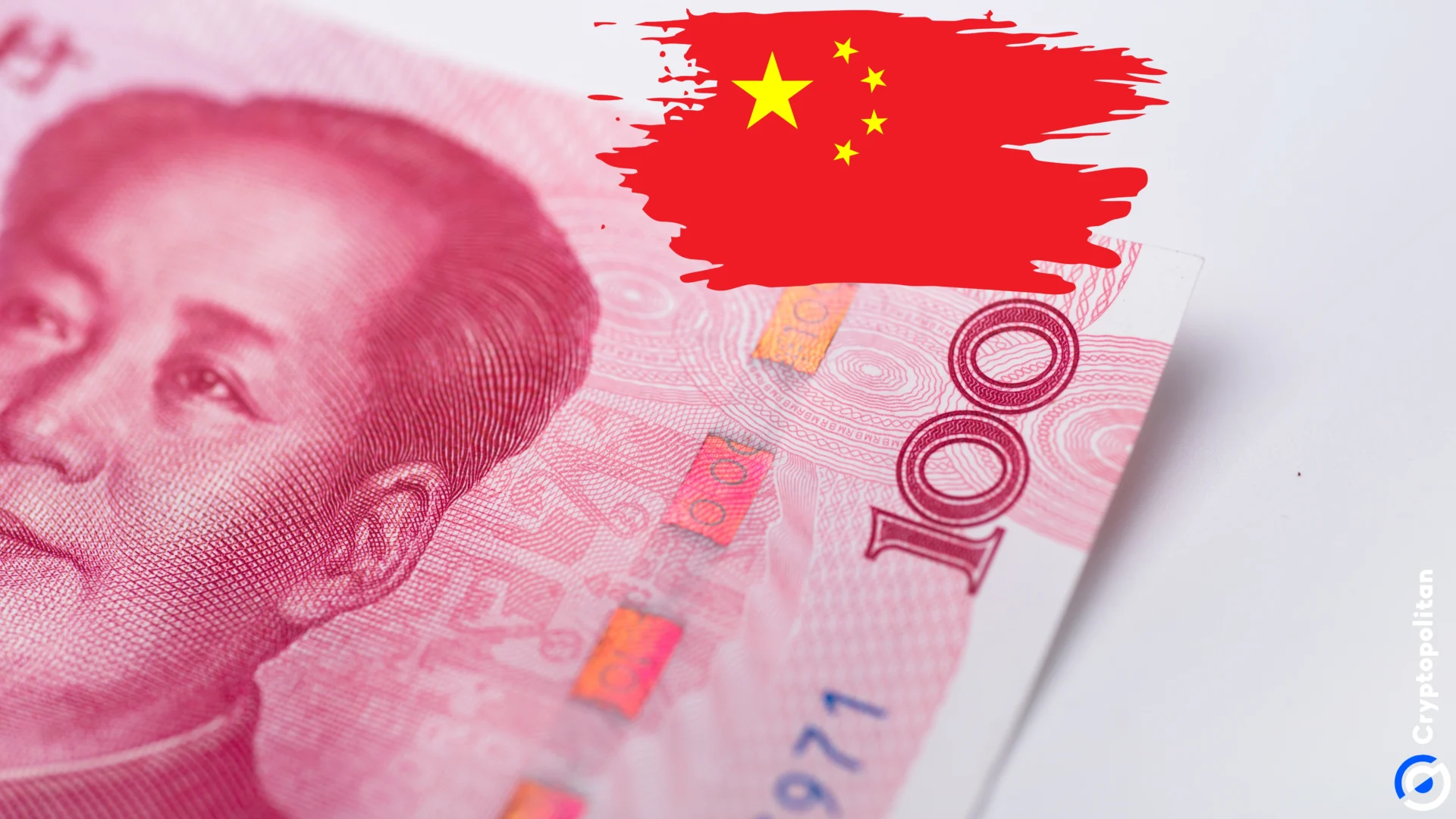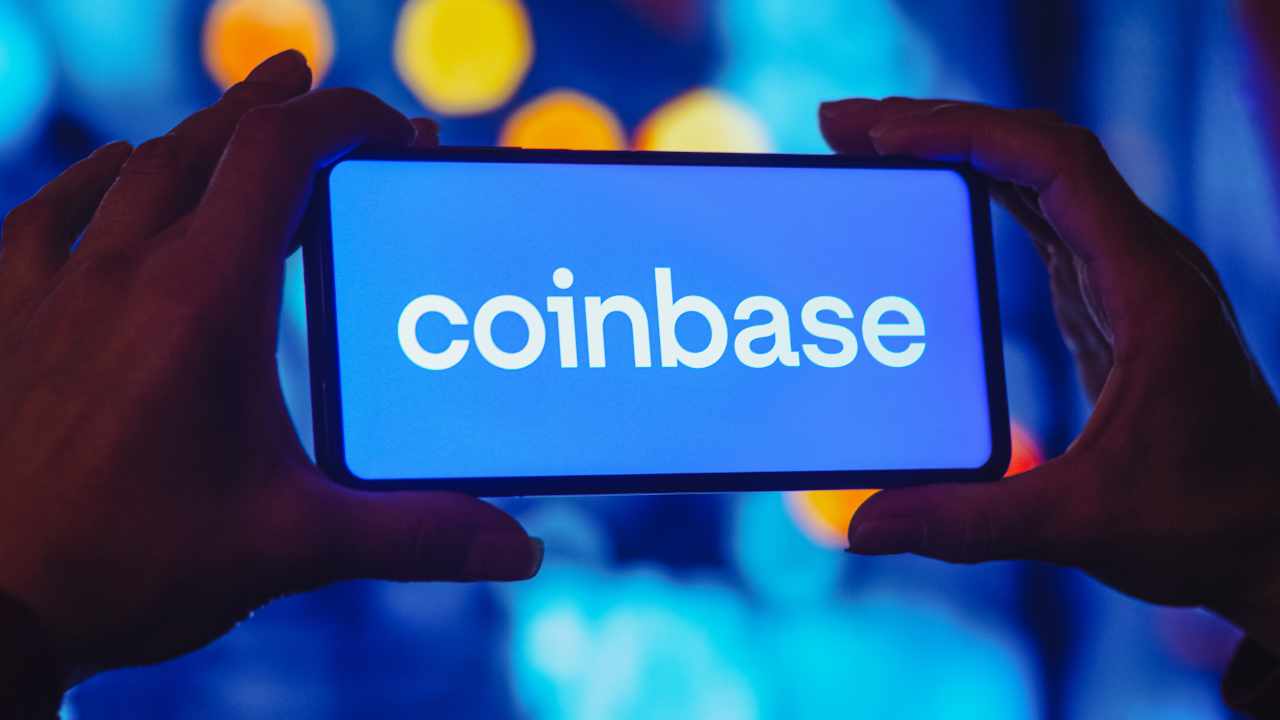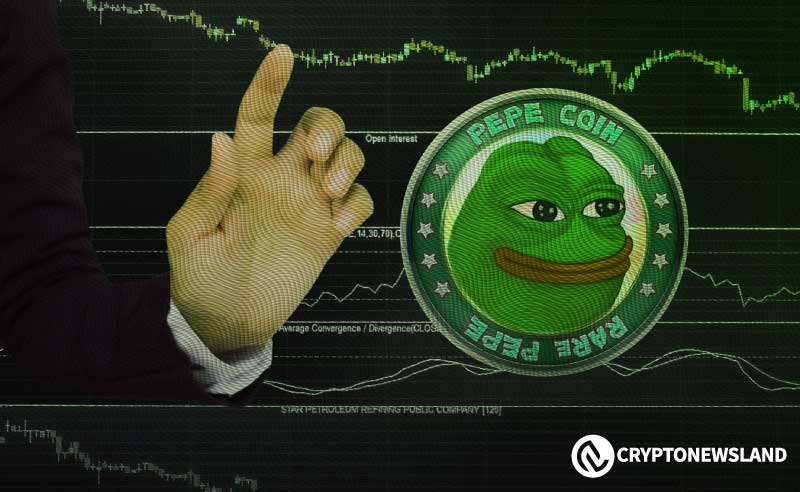
China’s government just gave the green light for a highly anticipated meeting on its fiscal stimulus plan, which will take place from November 4 to 8.
This National People’s Congress (NPC) session is expected to finally lay out details that have investors on edge and itching for answers.
The stakes are sky-high, and all eyes are fixed on China’s budget and potential adjustments to its national deficit as it faces mounting economic pressure.
Last year, this same NPC committee bumped the fiscal deficit from 3% to 3.8% in a rare move, state media reported.
The expectation is that this year’s session could follow suit, with economists speculating it may bring about major adjustments as China’s growth edges below the government’s 5% target.
Bond issuance, increased deficit likely
Finance Minister Lan Fo’an hinted at more spending options in October, saying there’s room to push the deficit higher and issue new bonds. Yet, he kept things vague, only confirming that final decisions would need to pass through the NPC.
His statements came after a September meeting, led by President Xi Jinping, where officials agreed to strengthen both fiscal and monetary policies.
Meanwhile, the People’s Bank of China (PBOC) has already moved to cut interest rates and stretch out support policies for the struggling real estate market.
Since then, Chinese stocks have rallied, but the volatility remains as the specifics of any fiscal boost are still obscure. Economists are banking on the NPC meeting to shed light on the nation’s spending plans and bond issuance targets.
Despite speculation of a “bazooka” stimulus, analysts caution against expecting a direct consumer spending surge. They believe local governments, many of which are deeply in debt, will be first in line for support.
China’s economy posted a 4.8% growth rate for the first three quarters of the year, narrowly below the 5% mark it hit in the first half. For 2024, the growth target sits at around 5%, but whether Beijing can hit this goal is up in the air.
Global economic leaders weigh in on China’s strategy
The global finance world has all but called out China’s stimulus strategy. At the recent International Monetary Fund and World Bank meetings in Washington, U.S. Treasury Secretary Janet Yellen took a swipe, saying China’s current stimulus package failed to address its biggest issues, like overcapacity and low domestic demand.
She pointed to the need for spending that boosts consumer power, a crucial step if China wants to shift from its heavy manufacturing dependency.
IMF’s managing director, Kristalina Georgieva, warned China’s growth could drop below 4% in the coming years without more aggressive policies to get domestic spending up.
Brazilian Finance Minister Fernando Haddad echoed the same concerns, noting a sense of “insecurity” around the measures China is rolling out, leaving his critique open-ended.
One insider revealed that behind closed doors, Beijing officials told attendees to “wait and see” how the current measures pan out. Minister Lan confirmed that the government has room to raise the deficit, particularly as it confronts a deepening property crisis and local debt burdens.
Expectations are that the fiscal package will greenlight trillions of yuan in government borrowing. Yet, no specific numbers have been shared, leading to speculation that China’s top brass are carefully calibrating their response, perhaps even keeping an eye on U.S. election results.
Donald Trump’s campaign promise of a 60% flat tariff on Chinese goods is adding to the urgency. UBS economists say this tariff alone could cut China’s growth rate by half, creating a perfect storm if Beijing doesn’t act decisively.
The announcement so far has nudged some Wall Street analysts to lift their growth estimates for China, getting closer to the 5% target. Still, few see the current package as a “whatever it takes” approach.
Haibin Zhu, a chief China economist at JPMorgan, mentioned that Xi Jinping’s administration will likely continue betting on advanced manufacturing to fuel growth, regardless of whether that irritates trade partners.
The U.S. and Europe are keeping close tabs. Both regions have ramped up tariffs on Chinese goods to protect their own industries.
Germany’s Finance Minister Christian Lindner accused Beijing of using its economic policies to undermine global competition, warning, “China knows it is not as competitive as the U.S. for the next decades.”
China’s central bank governor Pan Gongsheng, along with other officials, has been engaging in local press briefings, though questions are heavily pre-screened.
Meanwhile, Vice Finance Minister Liao Min kept to the shadows during the Washington meetings, navigating the maze-like halls of the IMF complex for closed-door talks. The public might hear about these discussions only when Liao returns to Beijing.




